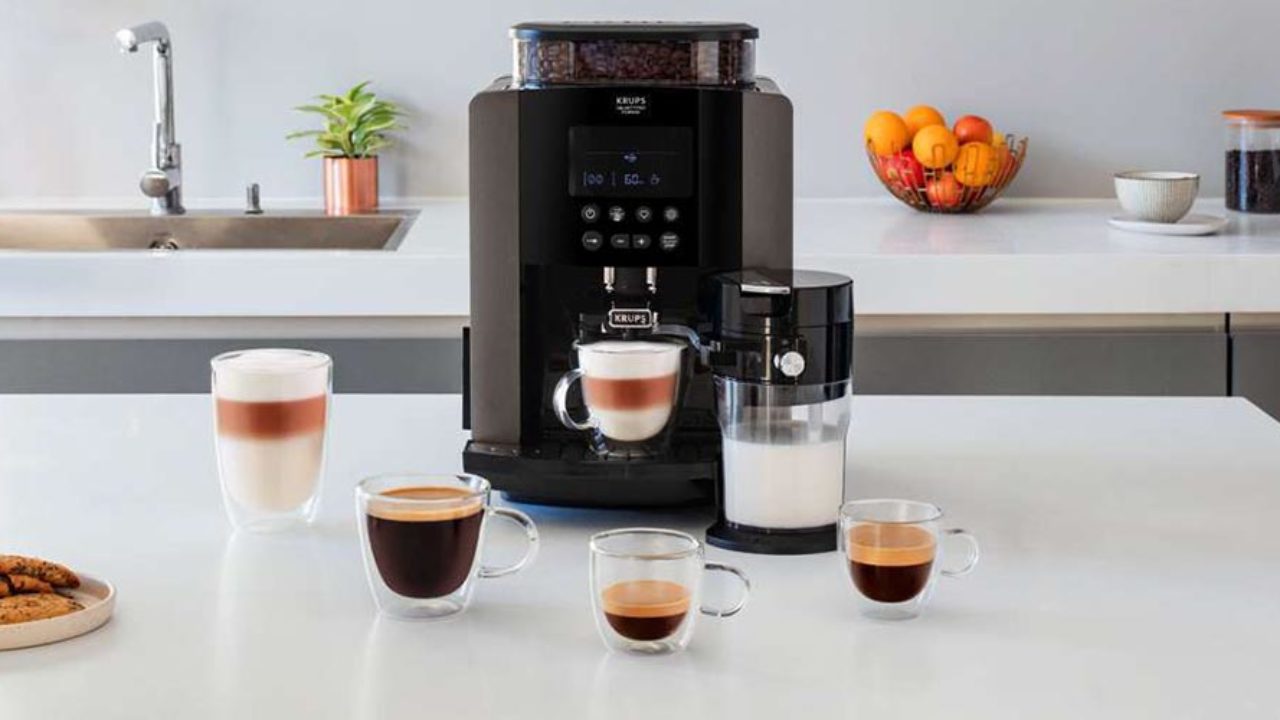While a few years ago families always met at lunchtime to eat together, things are different today: instead of at lunchtime, they only eat together in the evening – and then more often warm. This is shown by a new study on eating habits in Germany.
The main meal is dinner

Eating habits in Germany are changing. Due to the greater flexibility required in the working world and attending all-day schools, many families only eat their main meal in the evening.
Eating together and socializing at the table is particularly important – as is the quality of the food. This is the result of the 2016 Nestlé study “So is(st) Germany”.
Quality is becoming more and more important
The study results show that the demand for food quality is constantly increasing. Around 53 percent of those surveyed stated that they pay attention to the quality of the products when shopping. High-quality food may then also cost more, as explained by 46 percent of the study participants.
Most Germans rely on the quality promises of the big and well-known brands. Consumers associate quality with good taste (70 percent), high food safety (63 percent), and a product without flavor enhancers and artificial flavors (55 percent).
Food in the digital world
Facebook, Instagram, and Co. are popular ways for foodies to express their personal lifestyles. Whether Paleo, Vegan, or Clean Eating: every form of nutrition is currently being used to make a statement.

According to the Nestlé study, around 46 percent of those surveyed share or comment on food photos on the Internet. The generation of 14 to 29-year-olds is the most active here – especially the women.
Eating out is becoming increasingly popular
According to the Nestlé study, eating out is becoming increasingly important. Above all, Germans leave the house for breakfast: between 2010 and 2014, the proportion of those who eat breakfast out of the house increased by 142.9 million people. Above all, it is women who like to dine out in the morning.





